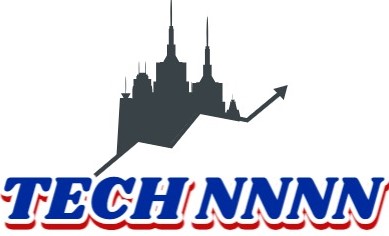Financial Leadership and Risk Management 3894442525

Financial leadership and risk management are intertwined elements critical for organizational success. Effective leaders not only manage finances but also guide teams in aligning risk strategies with overarching goals. By adopting systematic approaches to risk identification and decision-making, organizations can enhance their resilience. This alignment not only fosters transparency but also builds trust. However, the challenge lies in ensuring that these practices are effectively integrated. What strategies can leaders employ to create a sustainable framework for both?
The Importance of Financial Leadership
While financial leadership may often be perceived as solely a function of managing numbers, its significance extends far beyond mere fiscal oversight.
It embodies a robust financial vision that aligns with ethical leadership principles, fostering trust and accountability. Effective financial leaders not only navigate complex financial landscapes but also inspire teams to pursue sustainable growth, ensuring that freedom and responsibility coexist within their organizations.
Key Principles of Risk Management
Effective risk management begins with the systematic identification of potential risks that could impact an organization’s objectives.
Utilizing various identification techniques enables leaders to pinpoint vulnerabilities and assess their potential effects.
Following this, a comprehensive overview of mitigation strategies equips organizations to proactively address identified risks, ensuring sustainable financial leadership.
Risk Identification Techniques
A comprehensive approach to risk identification is essential for effective financial leadership and risk management.
By employing various techniques, organizations can enhance their risk assessment capabilities and facilitate opportunity recognition.
Key methods include:
- Brainstorming sessions
- SWOT analysis
- Scenario analysis
- Expert interviews
These techniques provide a structured framework for identifying potential risks and harnessing opportunities within the dynamic financial landscape.
Mitigation Strategies Overview
Identifying risks is only the first step in a comprehensive risk management framework; the next is the development of effective mitigation strategies.
A thorough risk assessment informs these strategies, ensuring alignment with compliance measures.
Strategies for Effective Decision-Making
While organizations often face complex challenges in financial leadership, adopting robust strategies for decision-making can significantly enhance outcomes.
Effective strategies include:
- Utilizing decision frameworks to streamline processes
- Promoting stakeholder engagement to gather diverse insights
- Implementing risk assessment protocols for informed choices
- Encouraging a culture of transparency to foster trust
Such approaches enable leaders to navigate uncertainty and drive sustainable growth.
Tools and Techniques for Financial Analysis
Effective financial analysis relies on the strategic application of financial ratios and forecasting techniques.
These tools provide critical insights into a company’s performance and future potential, enabling leaders to make informed decisions.
Financial Ratios Analysis
Financial ratios serve as critical tools for evaluating a company’s performance and financial health, allowing stakeholders to make informed decisions.
These ratios provide essential performance metrics that highlight various aspects of a business:
- Liquidity Ratios
- Profitability Ratios
- Leverage Ratios
- Efficiency Ratios
Forecasting Techniques Utilization
Analyzing financial ratios provides a foundational understanding of a company’s current performance, yet anticipating future performance requires robust forecasting techniques.
Utilizing forecasting models and predictive analytics enables organizations to project financial outcomes with greater accuracy. These tools empower decision-makers to navigate uncertainties, optimize resource allocation, and drive strategic initiatives, ensuring a proactive approach to financial leadership and risk management in an ever-evolving market landscape.
Building a Resilient Organizational Culture
While many organizations prioritize profitability and growth, building a resilient organizational culture is essential for long-term sustainability.
Such a culture fosters employee engagement and adaptability, ensuring organizations can navigate challenges effectively.
Key components include:
- Leadership development
- Effective communication strategies
- Diversity inclusion
- Trust building
Case Studies in Financial Leadership and Risk Management
As organizations confront an increasingly complex financial landscape, examining case studies in financial leadership and risk management reveals critical insights into effective practices.
These examples highlight how strategic decision-making and innovative approaches can address financial challenges, ultimately fostering resilience and adaptability.
Conclusion
In an era defined by uncertainty, the synergy between financial leadership and risk management emerges as a beacon of resilience. By embracing strategic frameworks and fostering a culture of transparency, organizations not only safeguard their resources but also empower their teams to navigate challenges with confidence. Ultimately, the ability to adapt and thrive hinges on the commitment to informed decision-making—transforming potential risks into opportunities for sustainable growth and lasting success in an ever-evolving business landscape.




